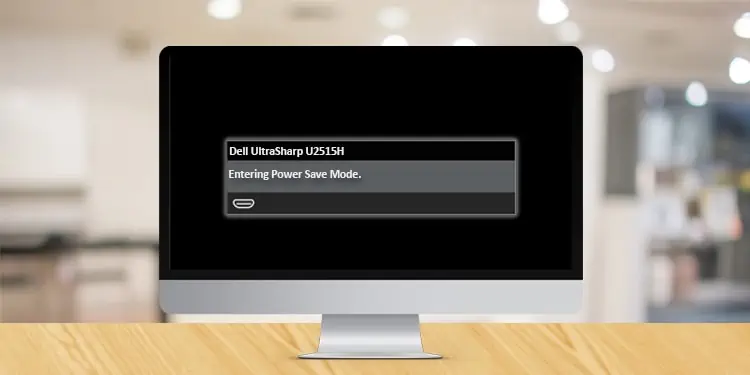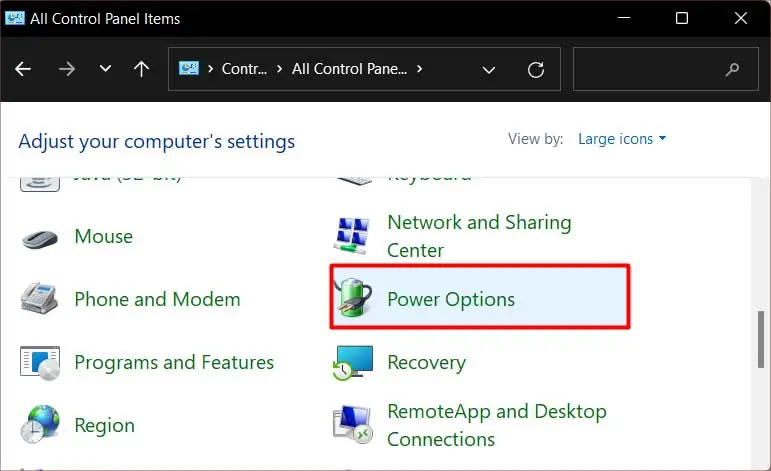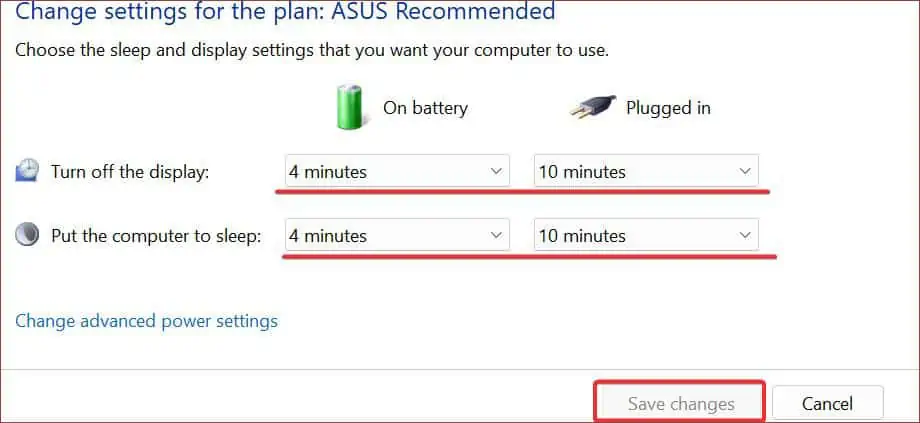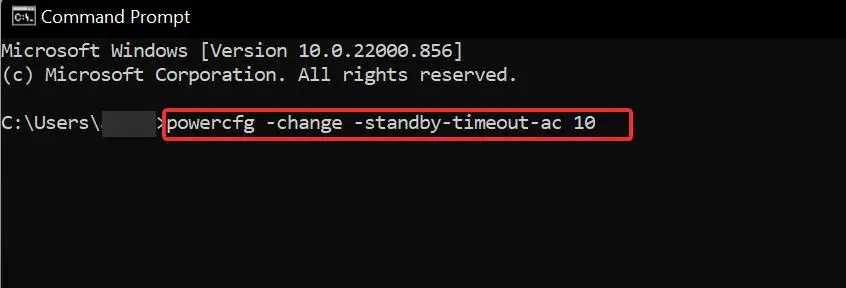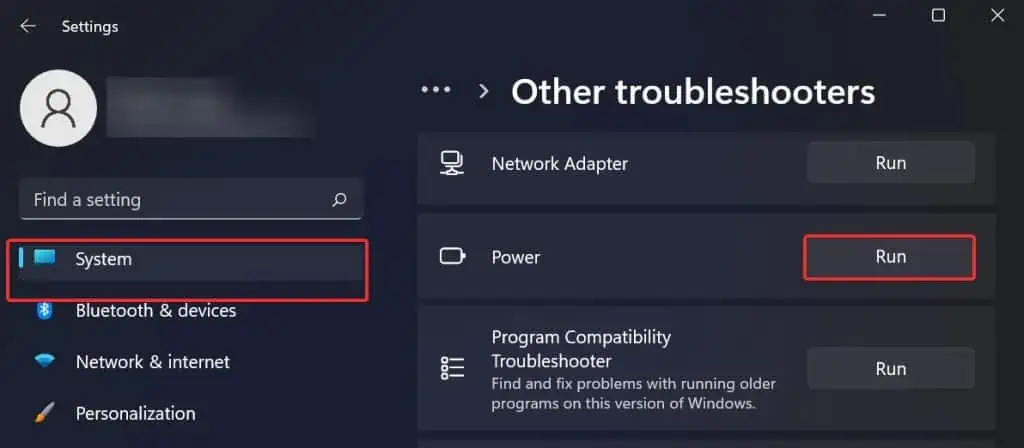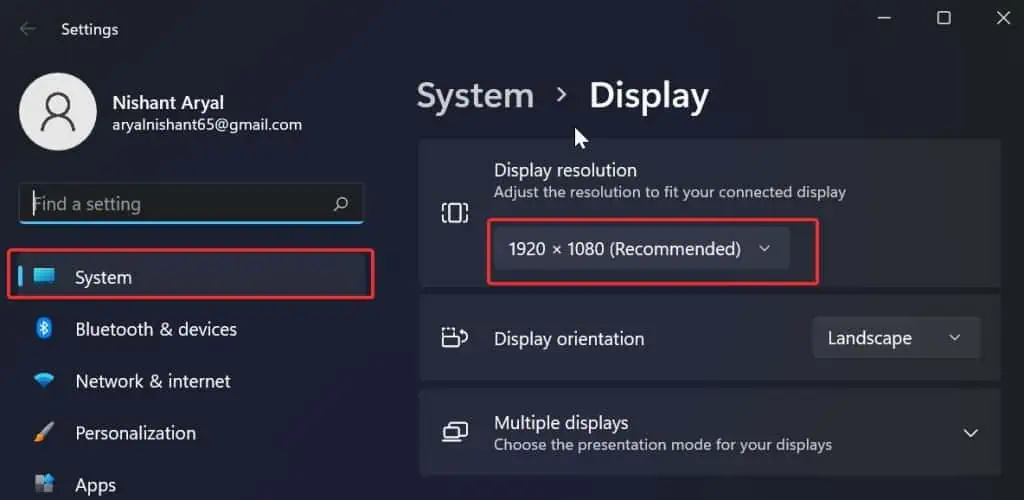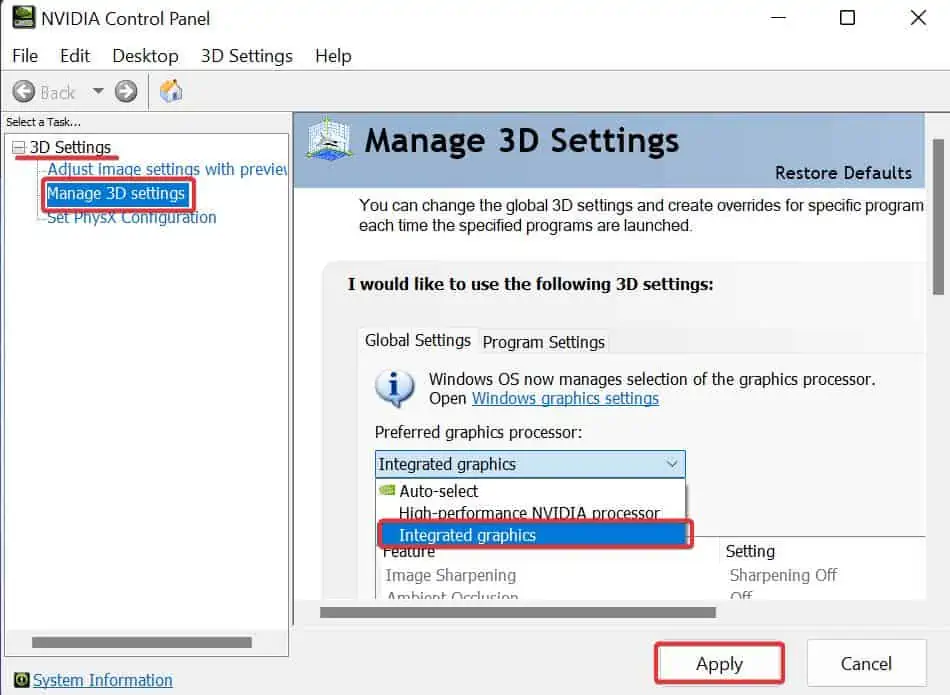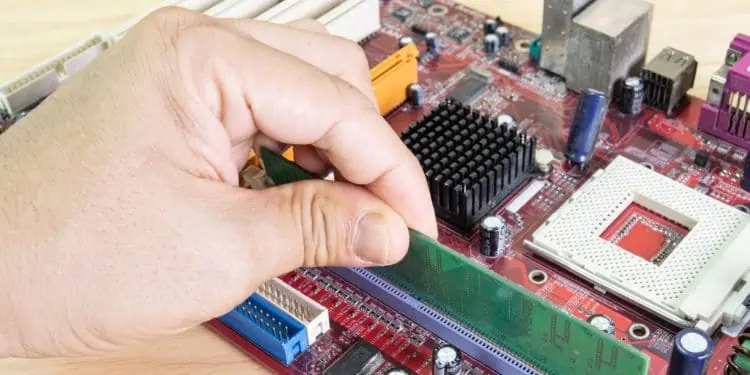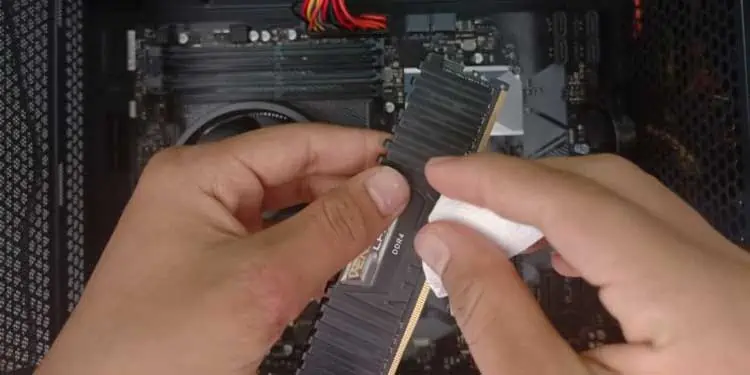Your monitor features a power-saving mode to save power when the computer is inactive for some time. Generally, when it happens, you see a message “No signal, Entering Power save mode.” However, if the monitor constantly enters into this mode, it can be quite a hassle for the users.
This happens mostly if the sleep timer is set to a lower time frame. In such cases, the inputs from your keyboard and mouse will wake up the monitor. However, if the monitor enters the power saver mode on startup, other causes might have contributed to this problem.
We will discuss it further in this article and suggest fixes for them as well.
Why Does my Monitor Keep Entering Power Save Mode?
The monitor keeps entering the power save mode if the system registers no activity over a prolonged time period. Some other reasons for it are;
- The cables are connected to the wrong port or are damaged
- Monitor incompatible with the configured display resolution
- Issue with RAM or the CMOS battery
- Overheating of Video Card
- Faulty GPU
How to Fix Monitor Keeps Entering Power Save Mode?
This issue with the monitor entering power mode must be addressed by going to the root of its cause. As discussed earlier, there are numerous causes for this issue. Accordingly, the fixes are also different. Some require reconfiguring the display settings, while others need managing the hardware.
Now, let us deal with them one at a time.
Basic Troubleshooting
If you want to resolve your display unit’s issues, start by checking the display cables. Ensure they are plugged in correctly. Also, see that they are connected to the right port. Sometimes, you may connect it to a different port.
You can use other simple troubleshooting methods like:
- Performing a system restart
- Using different cables
- Power cycling (Off and On) the monitor
After applying these fixes, check if the problem is solved. Else, move on to the fixes below.
Change the Display Sleep Settings
If the monitor is entering the power mode very regularly, it might be because of the Windows Power settings. This is likely to occur if the sleep and display settings are set to a brief time. And when the system notices inactivity, it automatically goes to sleep within a short duration.
Using Control Panel
To prolong the sleep time, use these steps:
- Press Windows key + R. Then, type Control panel to hit enter.
- In the control panel window, search for Power Options and select it.

- On the Left panel of the power options, select Change when the computer sleeps.
- Modify the display and computer sleep timer. Adjust it to 5-10 minutes for the best result. Finally, click on Save changes.

Using Command Prompt
You can adjust these settings using the command prompt too. Here’re the steps you can follow:
- Click on the Search menu
- Type,
cmdand press Enter. - Type the following command and press Enter.
powercfg -change -standby-timeout-ac <minutes>
Enter the desired time values in the minute field and execute the command. Use the format shown in the screenshot above. - You can even set the time in seconds. Use this command by replacing the seconds filed with values as shown in the screenshot.
powercfg /SETACVALUEINDEX SCHEME_CURRENT 238C9FA8-0AAD-41ED-83F4-97BE242C8F20 29f6c1db-86da-48c5-9fdb-f2b67b1f44da <seconds>
Use Windows Troubleshooter
Windows troubleshooter is a great feature to solve the general issue on the computer. You may use it to solve the issues with the display as well. If the issue of the monitor is associated with the power management, follow these steps:
- Press Windows key + I to open up settings.
- Go to System
- Click on Troubleshoot > Other troubleshooters
- Search for Power section and click on the Run to start the troubleshooting.

Change the Screen Resolution
There is a possibility that the monitor is not able to cope with the resolution set. Try changing or lowering the resolution of your monitor to see if it solves the problem
Here’s how to do it:
- Right-click on the desktop and go to Display settings
- Search for Resolution and change it. See if lowering it will not make the monitor enter the power-saving mode.

Switch GPU
The problem could also be due to a faulty GPU. If possible, switch to integrated graphics or a different GPU and check whether it solves the problem.
To do this, follow these steps:
- Right-click on the desktop and go to the control panel of your graphic card.
- On the right panel, click on 3D settings > Manage 3D settings.
- In the Preferred Graphics processor menu, choose Integrated Graphics and Click on Apply to Save Changes.

- Lastly, restart the computer and check if the issue persists.
Check the RAM Sticks and CMOS battery
If the monitor goes to the power save mode on startup, the issue certainly lies with the RAM sticks or the CMOS battery. Many users experiencing similar monitor issues have reported that removing and reconnecting the RAM sticks solved the problem.
Here’s how to remove and reconnect the RAM module.
- Power off the computer and unplug all its peripherals.
- Unscrew and remove the case panel.
- Now, once the motherboard is exposed, firmly press the tabs on the side of the DIMM slots to remove the RAM modules.

- Clean the modules using a dry cotton swab.

- After cleaning, place the RAM sticks back to the slots by gently applying pressure on each side of the sticks.
Similarly, you can also replace the CMOS battery if you have not changed it for a long time. However, note that removing the CMOS battery resets the BIOS setting to its default state. To remove and replace the CMOS battery, check out this article which explains the process in great detail.

